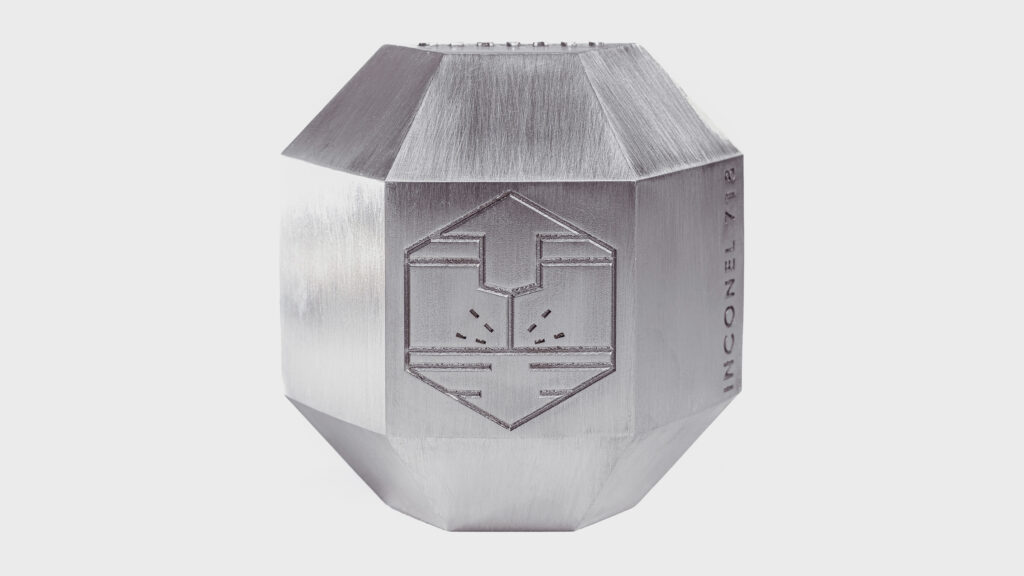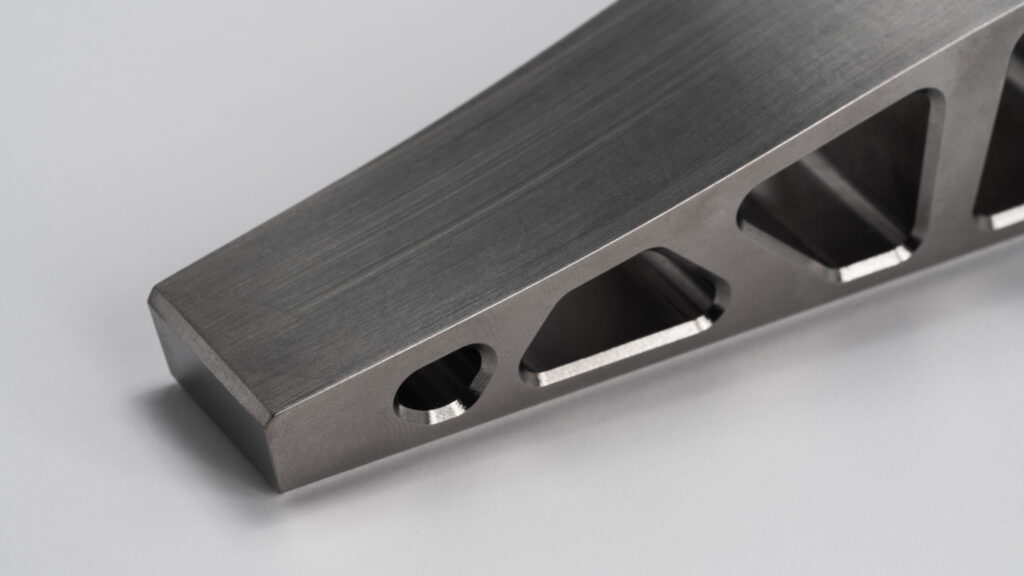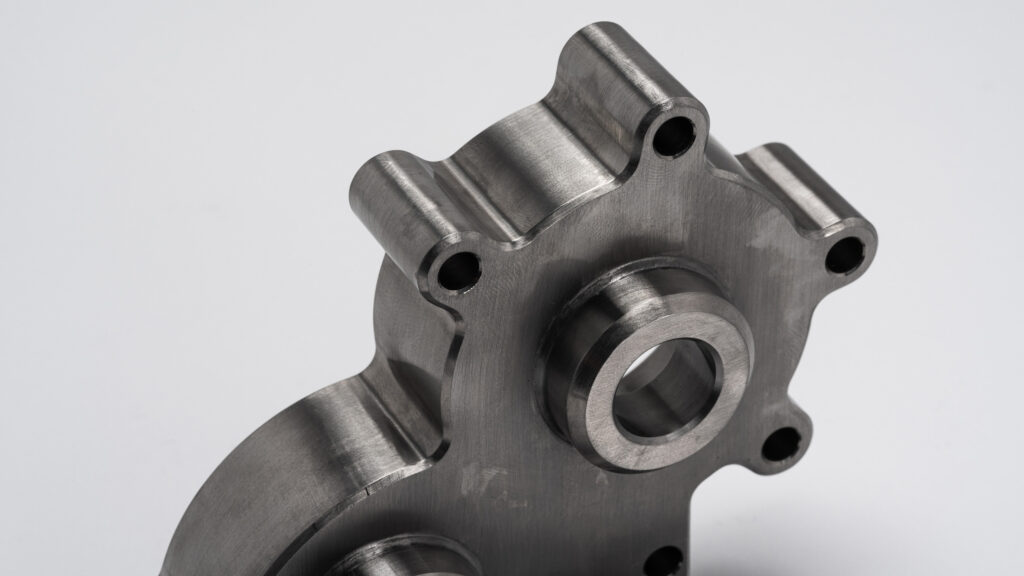Aerospace components require materials that combine lightweight, high strength, corrosion resistance, and temperature tolerance. The best materials depend on whether the part is structural, engine-related, or interior.
Here’s a breakdown of commonly used materials for aerospace applications:
🛠️ 1. Metals and Alloys
a. Aluminum Alloys (e.g., 2024, 6061, 7075)
- Advantages: Lightweight, strong, corrosion-resistant, easy to machine.
- Uses: Fuselage, wings, interior structures, brackets.
- Example: 7075-T6 aluminum is used in airframes due to its excellent strength-to-weight ratio.
b. Titanium Alloys (e.g., Ti-6Al-4V)
- Advantages: High strength, excellent corrosion resistance, withstands high temperatures.
- Uses: Jet engine parts, landing gear, fasteners, and structural frames.
- Note: Expensive, but crucial where performance outweighs cost.
c. Nickel-Based Superalloys (e.g., Inconel, Hastelloy)
- Advantages: Exceptional strength at very high temperatures.
- Uses: Turbine blades, engine exhaust systems, and heat exchangers.
d. Steel Alloys (e.g., Maraging Steel, 4340 Steel)
- Advantages: Extremely strong and tough, good fatigue resistance.
- Uses: Landing gear, shafts, and high-load components.
- Note: Heavier than aluminum or titanium — used selectively.
🧬 2. Composite Materials
a. Carbon Fiber Reinforced Polymer (CFRP)
- Advantages: Very high strength-to-weight ratio, fatigue resistance, corrosion resistance.
- Uses: Aircraft fuselage, wings, control surfaces, space structures.
- Example: Boeing 787 Dreamliner’s fuselage is over 50% composite by weight.
b. Glass Fiber Reinforced Polymer (GFRP)
- Advantages: Low cost, good strength, electrical insulation.
- Uses: Radomes, interior panels, fairings.
c. Kevlar (Aramid Fiber Composites)
- Advantages: Impact and vibration resistance, light weight.
- Uses: Helicopter blades, ballistic protection, radomes.
🔥 3. High-Temperature Ceramics and Coatings
a. Silicon Carbide (SiC), Zirconia, Alumina
- Advantages: Extreme temperature resistance, low thermal expansion.
- Uses: Thermal protection systems, engine coatings, rocket nozzles.
b. Thermal Barrier Coatings (TBCs)
- Advantages: Protect metal components from high heat in turbines.
- Common Coating: Yttria-Stabilized Zirconia (YSZ).
🧩 4. Emerging Materials
- Metal Matrix Composites (MMC): Combine metals with ceramics for strength and stiffness.
- Additively Manufactured Alloys: 3D-printed titanium or Inconel parts for lightweight, complex geometries.
- Graphene-Enhanced Composites: Improving conductivity and mechanical strength (still experimental).





